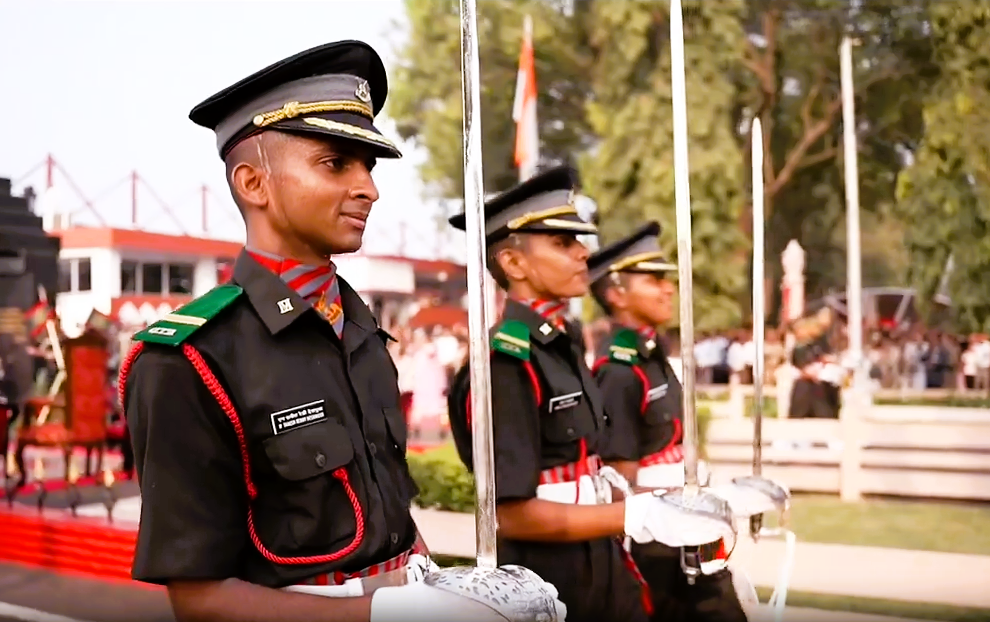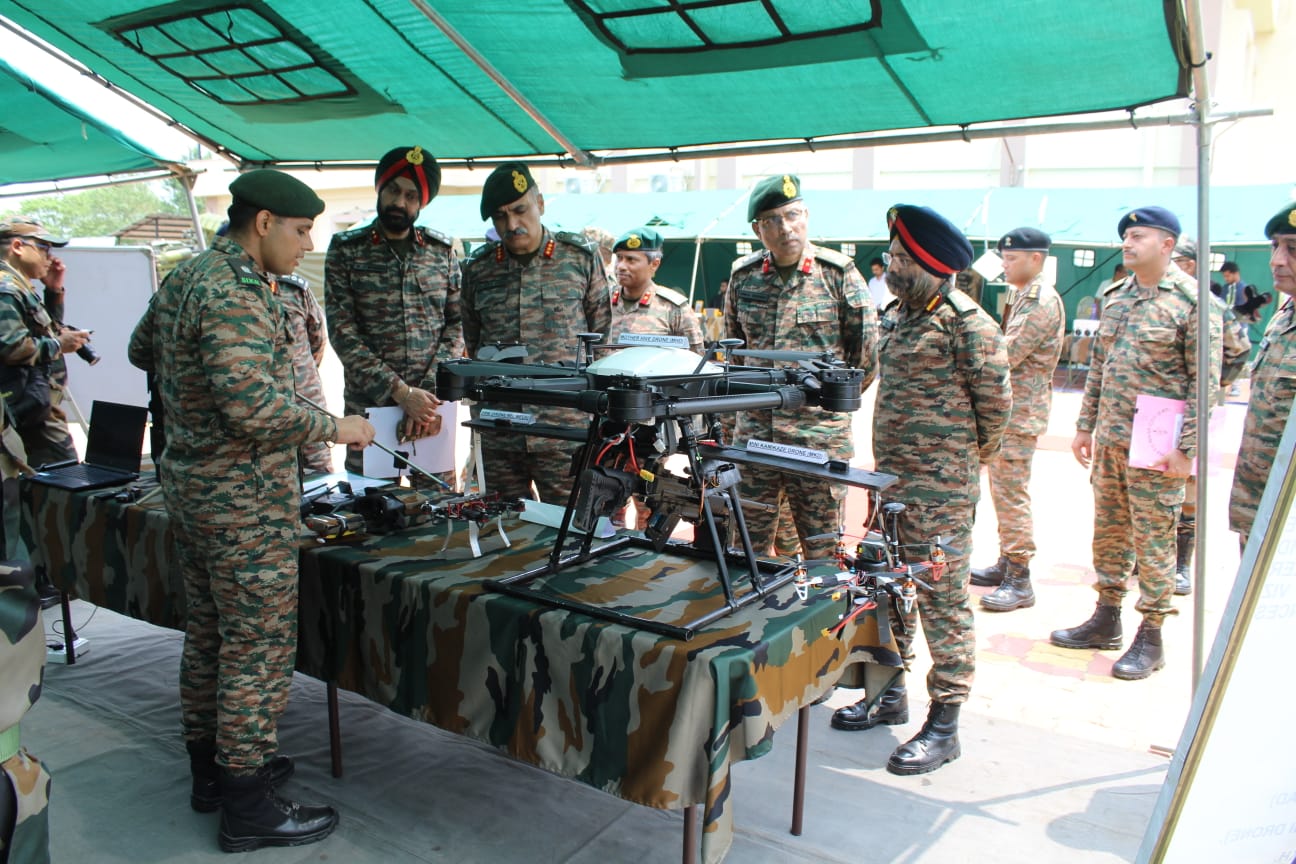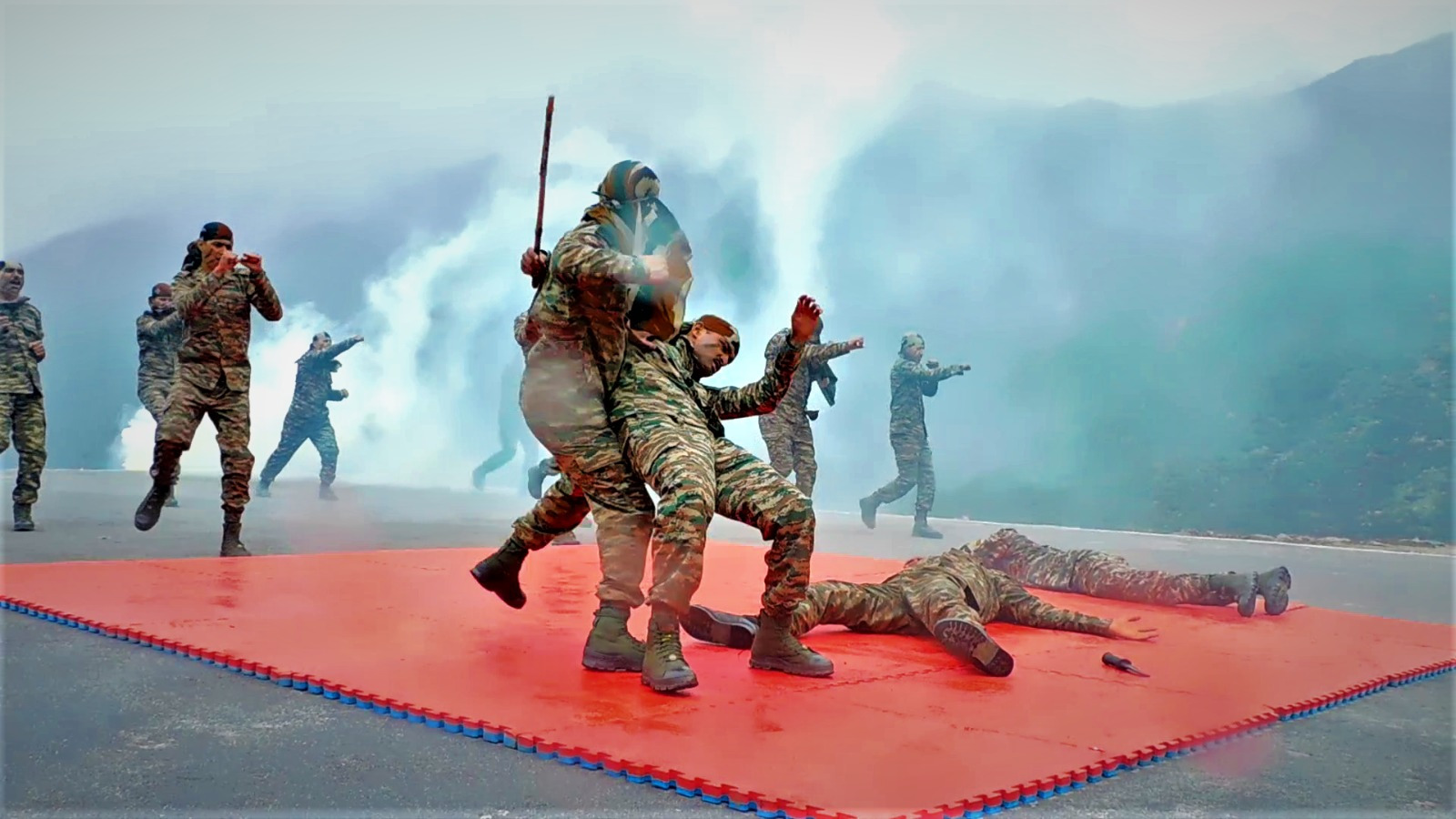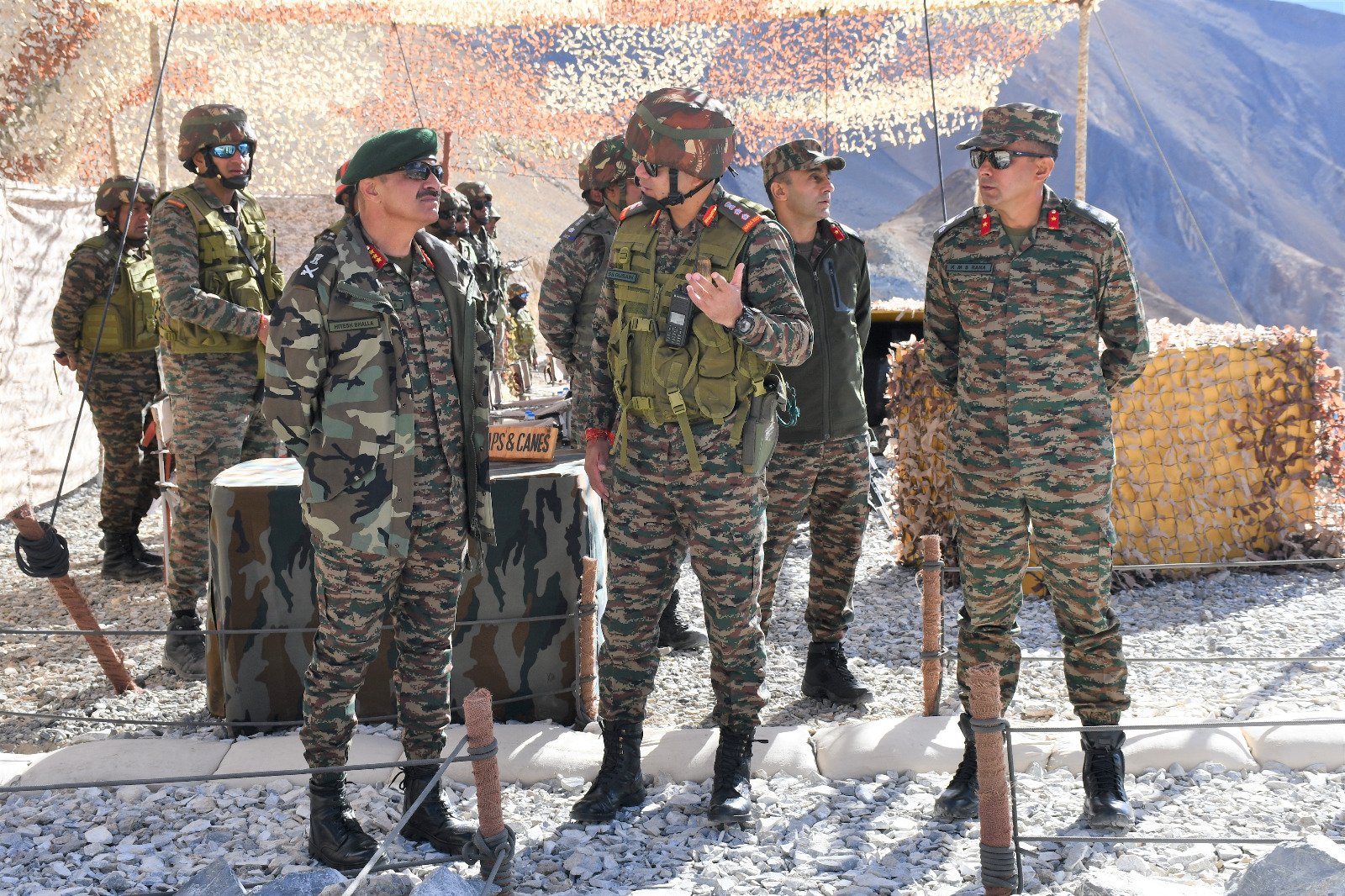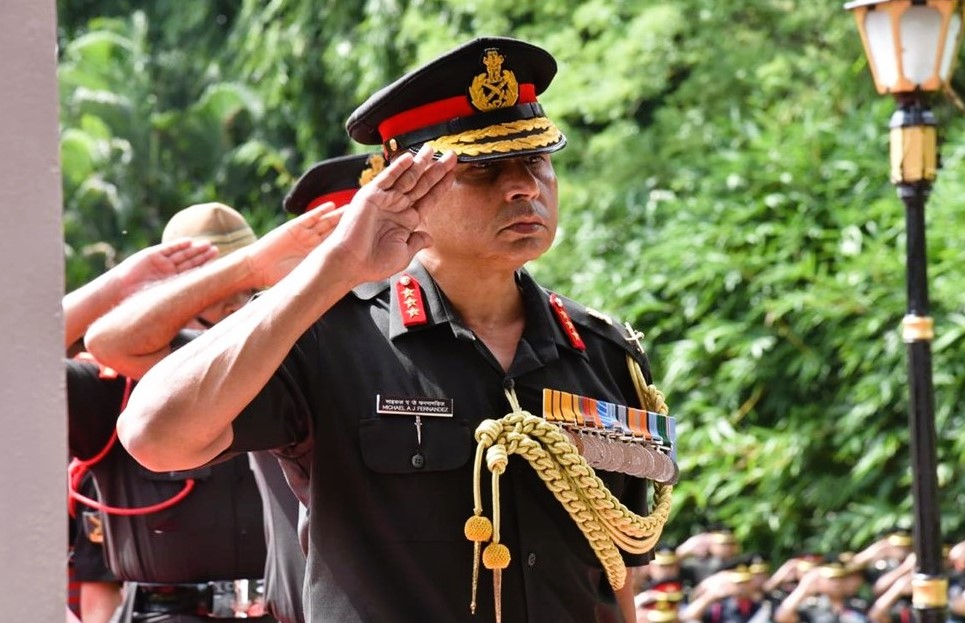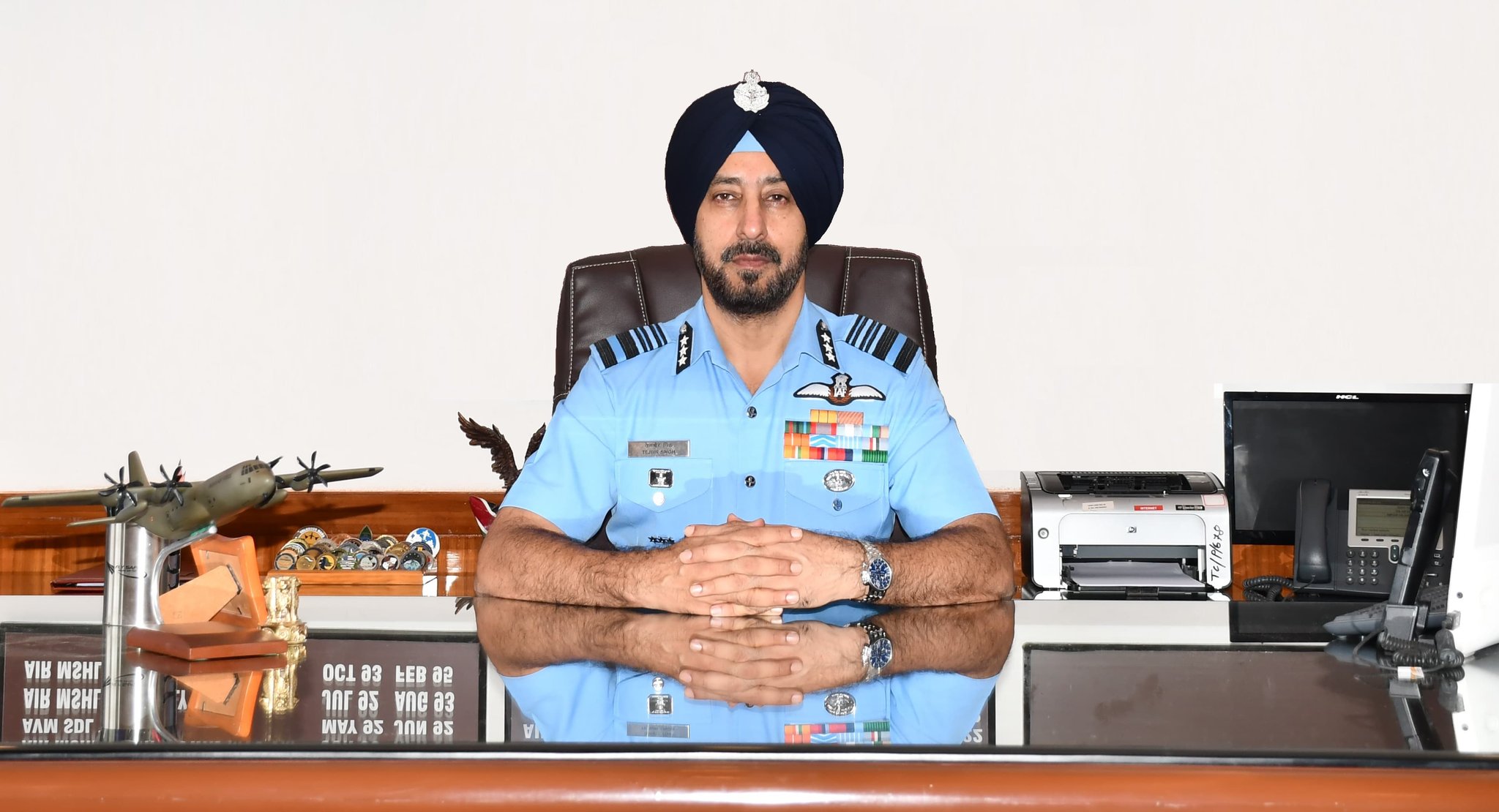OTA Chennai Passing Out Parade to be Held on 07 Sep 2024
The Officers Training Academy (OTA) in Chennai will celebrate the culmination of rigorous training for its cadets with the Passing…
Brahmastra Corps Hosts Annual Idea and Innovation Fair at Panagarh Military Station
The Brahmastra Corps recently conducted its Annual Idea and Innovation Fair at the Panagarh Military Station, attracting a diverse group…
Brahmastra Corps Warriors Train in High-Altitude Unarmed Combat
In a rigorous display of skill and endurance, the warriors of the Brahmastra Corps are mastering the art of unarmed…
Lt Gen Hitesh Bhalla Reviews Operational Preparedness at Parashu Brigade
In a significant visit, Lieutenant General Hitesh Bhalla, SC**, SM, VSM, General Officer Commanding of the Fire and Fury Corps,…
OTA Chennai Officer Cadets Honor Fallen Heroes in Wreath Laying Ceremony
In a moving tribute to their fallen predecessors, officer cadets of the Summer Term 2024 Passing Out Course at the…
Air Marshal Tejbir Singh Assumes Role as Senior Air Staff Officer of Training Command
Air Marshal Tejbir Singh has officially taken over as the Senior Air Staff Officer (SASO) of the Training Command of…

